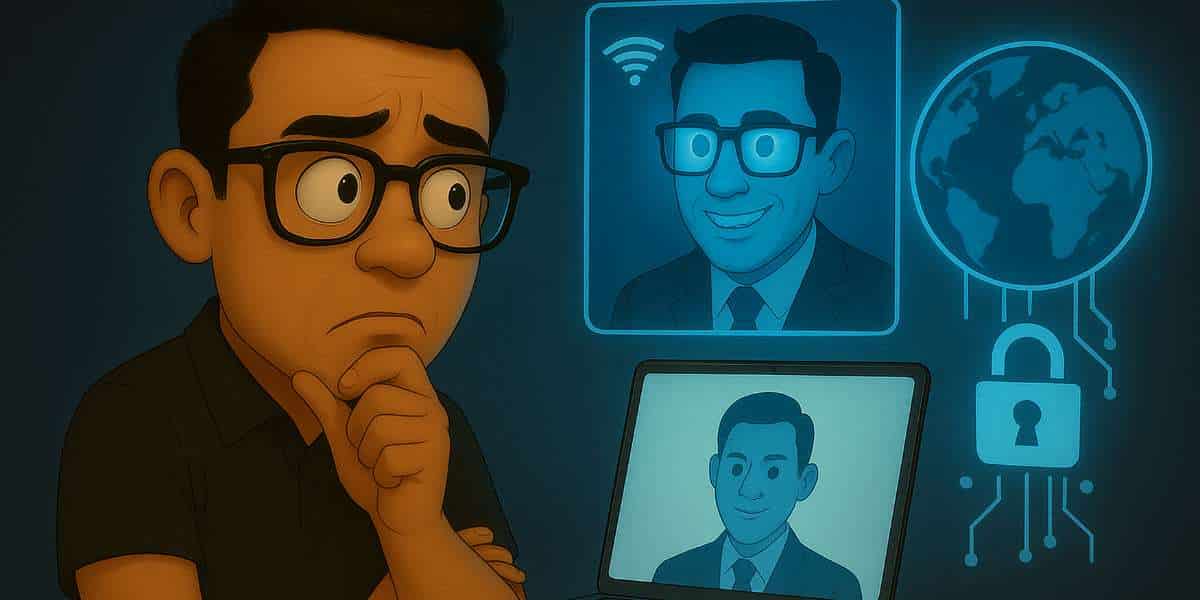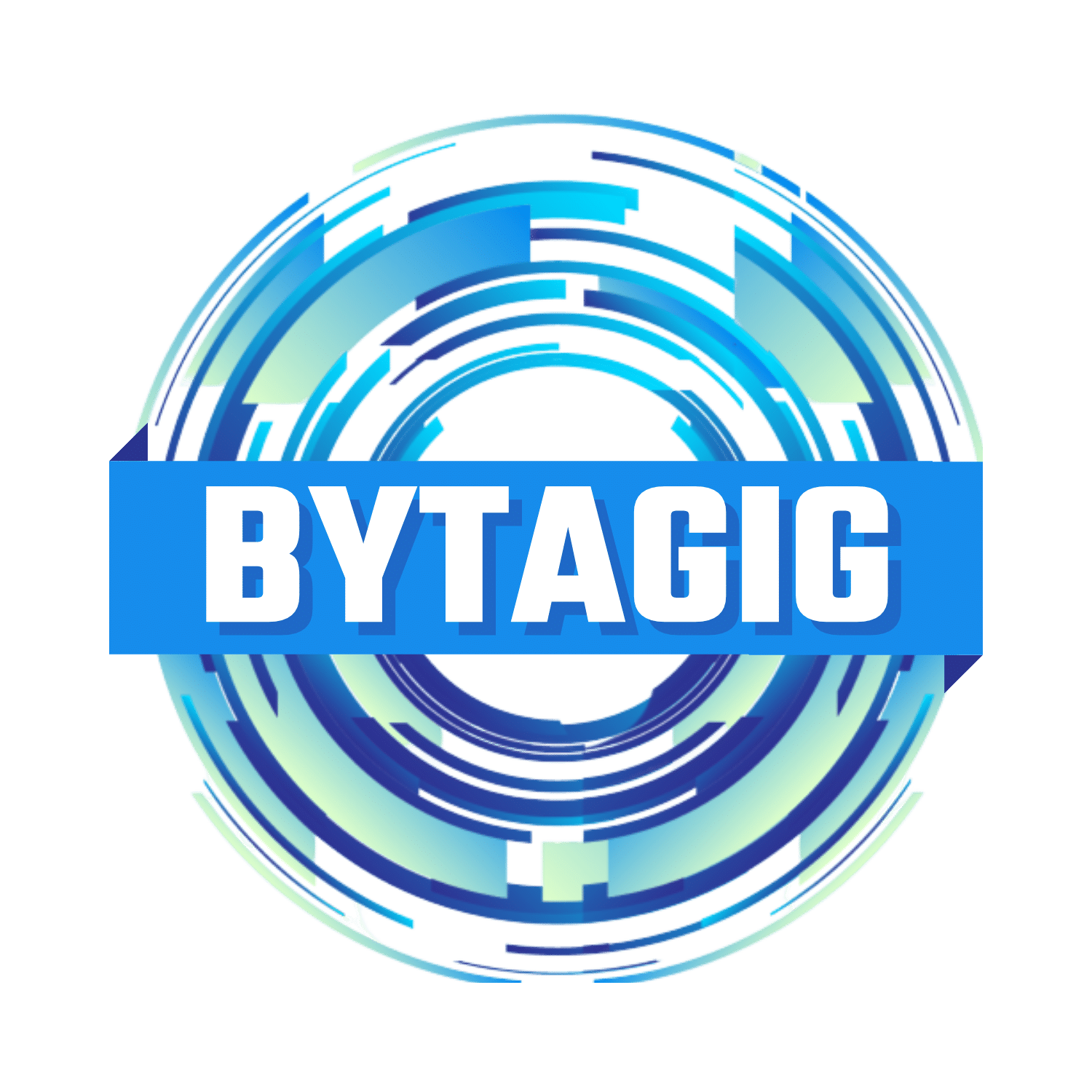
11 Jul The Real-World Consequences of Cybersecurity Attacks
When reading about IT data breaches or consequences of cybersecurity attacks, one imagines the loss of information, compromised computers, and interactions with a digital space. Therefore, it’s hard to translate the concept of information loss into the physical world. You might hear about siphoned credentials, and you might even be one of the people affected by it. But it’s hard to see how it can genuinely interfere with daily routine or business operations.
Understanding how severe a cybersecurity breach can be helps us better protect ourselves and conceive it as a real, concrete problem.
Travel
Travel, especially airline travel, is a serious concern in the cybersecurity sector. Flight planning is an intricate model of communication and regulated models to minimize delays. But if any system is compromised, be it access to passenger information or even the systems used to oversee flights, then severe disruptions occur.
Other interferences can happen as well. Hackers and ransomware can disable websites and passenger portals, forcing airports (or other travel agencies) to operate with manual hardware. In these instances, given the wealth of data (passenger information), the travel sector is a ripe target for threat actors and interference.
Critical Infrastructure
Critical infrastructure is a broad but crucial category in the cybersecurity realm. It can range from anything such as fuel services, product shipping (like food), and even energy or utilities. No doubt, because of its critical importance, it’s a high-value target. And, in the event of any service disruption, the real-world impact is observable.
One of the most infamous and well-cited examples of a critical infrastructure attack occurred in 2021. This major attack impacted nearly half of the eastern United States’ fuel infrastructure and entirely shut down all operations, resulting in a painful downtime of 11 days. The downtime caused a rise in gas prices and caused 11,000 gas stations to go without fuel for the duration. The cascade effect of a car-reliant economy and infrastructure, of course, was disastrous.
It represented a clear danger that cybersecurity threats were not confined to the digital space and could impact the everyday person.
Healthcare/Medicine
The healthcare industry is another valuable target for malicious actors. And, in the unfortunate aftermath of a successful breach event, it can have serious, dangerous outcomes. Hackers routinely target the medical sector for a variety of reasons. One is that the data involved is especially valuable, and hospitals, practices, and medical offices have a responsibility to maintain and protect patient info at all costs.
Therefore, any breach in the healthcare sector can lead to painful outcomes. Loss of data interferes with medical records, prescriptions, and paperwork, potentially causing delays in care, medicine, and even appointments. For those with critical health conditions requiring routine medical visits, this can cause a decline in their health.
The Tremendous Cost of Cybersecurity Attacks
With their ability to disrupt essential functions of everyday life, cybersecurity breaches also have a huge financial cost, whether on an individual or business level. This is for two reasons: one is that the investment required to maintain quality cybersecurity defense, policy, and staff is a lengthy, pricey investment. Solid training with adequate retention needs appropriate capital and financial planning.
Second, breach events caused by hacks, phishing, malware, and other service disruptions are a massive economic drain. On a global scale, cybercrime accounts for $10.5 trillion in costs. There are a variety of factors also contributing to the immense cost of anything involving cybersecurity (or cybercrime). From maintenance of security policies, infrastructure, and staff, hidden cost values include service disruptions, loss of vendor/customer trust, brand damage, ransomware costs, and even legal/financial penalties.
For instance, when any service – even critical infrastructure, healthcare, and/or utilities is impacted by breach events – their revenue is hemorrhaged by unknown lengths of downtime. Furthermore, clients, investors, and customers are less likely to work with a service incapable of adequately protecting data from cyberattacks.
On a personal level, not only is any disruption in routine a potentially costly outcome, but the possible loss of personal information is another severe cost to consider. Whether through theft or falling victim to a phishing attack, cybersecurity can impact an individual in direct and indirect ways.
Protecting Yourself
No one wants to be the victim of cybercrime. However, with the rapid advancement of internet-facing technology, rapid expansion of machine learning (AI) models, and the consistent evolution made by malicious actors, it’s important to protect your data.
While comprehensive defense against modern threats is challenging, there are a few quick, simple steps you can take right now.
- Update all relevant devices used for personal and professional work, including software and apps
- Enable MFA (multifactor authentication) where possible, especially on websites/apps with sensitive information
- An enterprise should invest in backup options in case of operation loss, such as building a disaster response plan in case of a breach
- Maintain backups of critical data on external media devices that are easily accessible when needed
However, even with the best intentions and methods, cyberattacks are a reality, rather than an exception. Therefore, it’s okay to reach out for help when your options seem limited.
For additional assistance information, contact Bytagig today for third-party MSP resources.
Share this post:

Sorry, the comment form is closed at this time.